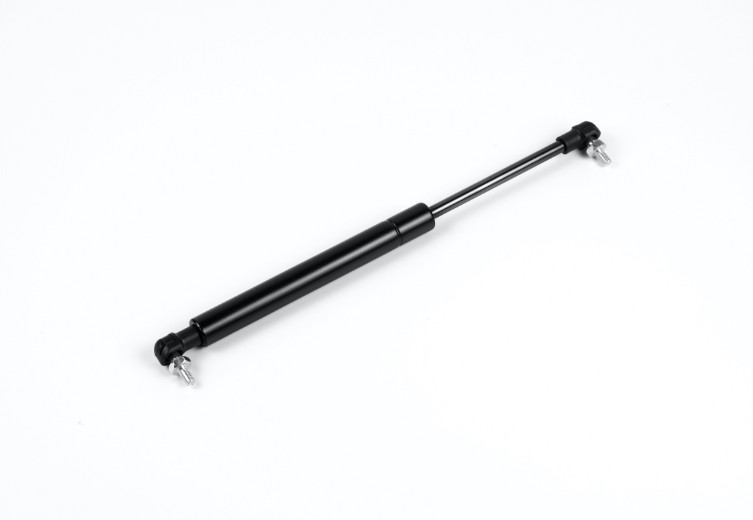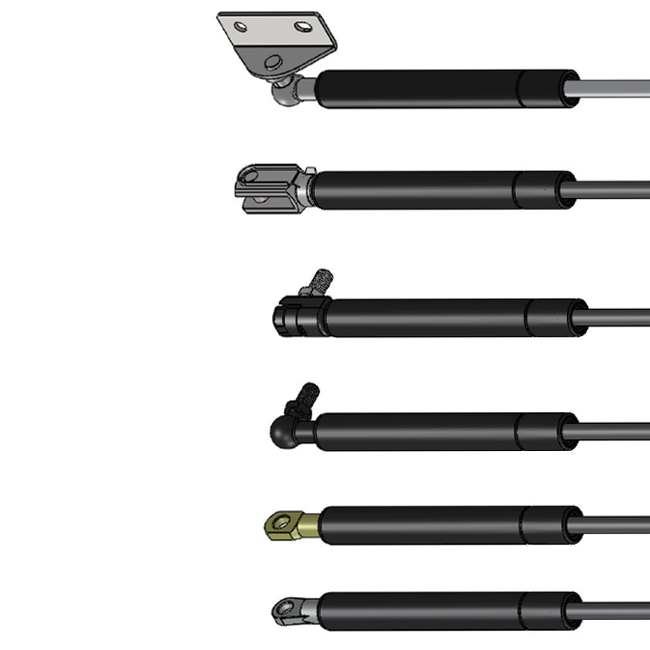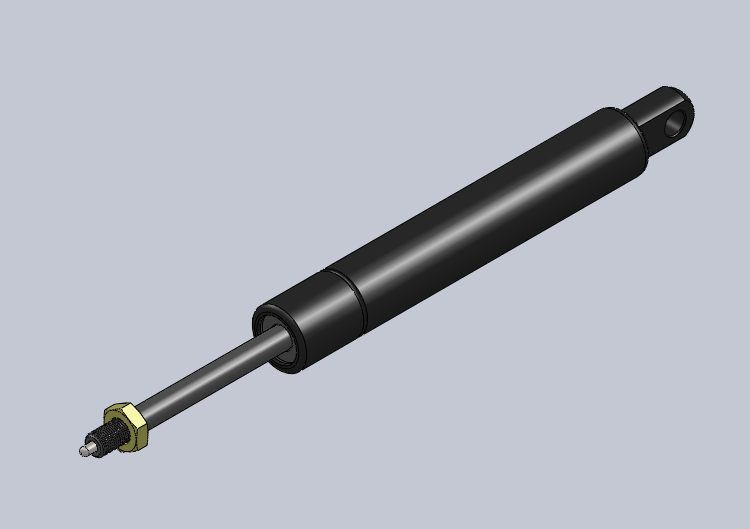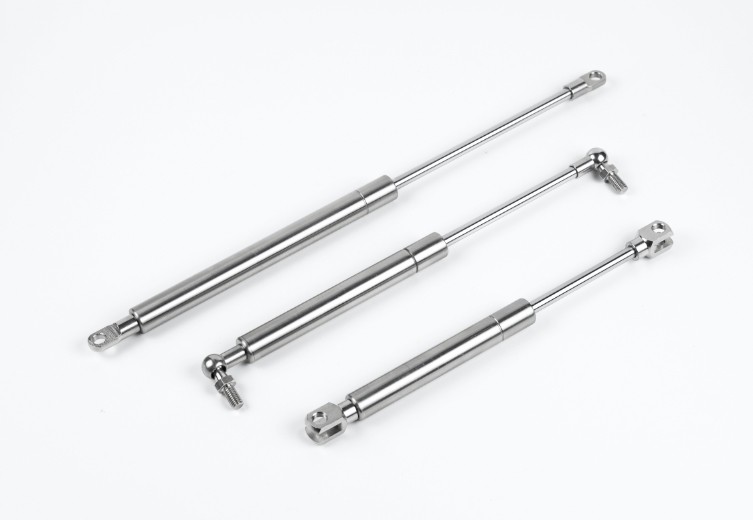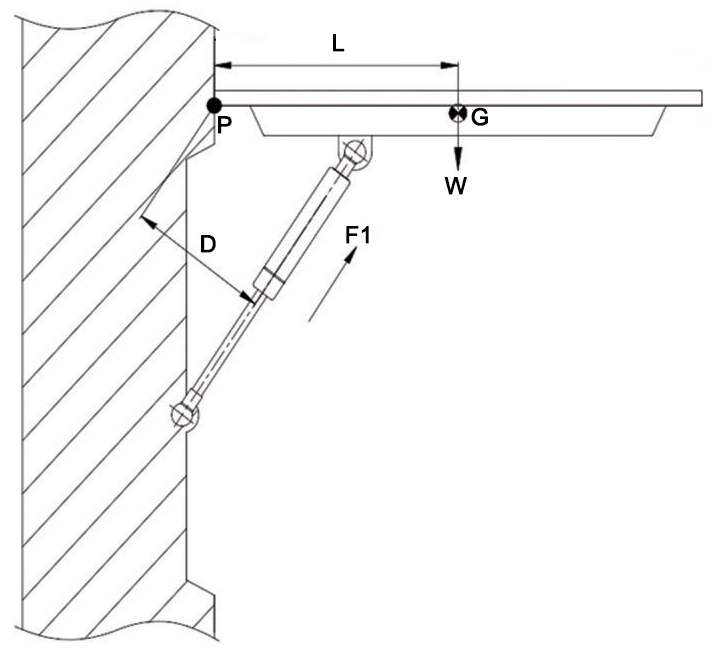Choosing the wrong gas spring causes equipment failures and safety risks. JP Gas Spring simplifies selection with expert engineering support. Let's break down the must-know specifications.
Quick Answer:
Provide stroke length, force requirements, application type, and intended function. JP's team uses these to recommend the perfect gas spring for your needs.

1. Length & Force: The Foundation
Why These Matter Most
Without correct measurements, gas springs won't perform properly. Short strokes cause incomplete operation. Weak forces lead to safety hazards.
Key Parameters:
- Stroke length (or total length)
- Minimum extension force
Real World Example:
A car manufacturer reduced warranty claims by 37% after switching to JP's force-matched gas springs.
2. Application Environment
Matching Materials to Conditions
Hospital equipment needs different springs than factory machines. Coastal locations require special protection.
Material Guide:
- Medical: Stainless steel with smooth finish
- Marine: Saltwater-resistant coatings
- Food Industry: Non-toxic lubricants
Success Story:
A Mexican auto plant near the ocean uses JP's corrosion-proof dampers. They've lasted 5 years without maintenance.
3. Function Determines Design
Support vs. Damping vs. Lifting
Each job needs different internal parts. Lifting requires strong pressure. Damping needs controlled movement.
Comparison Table:
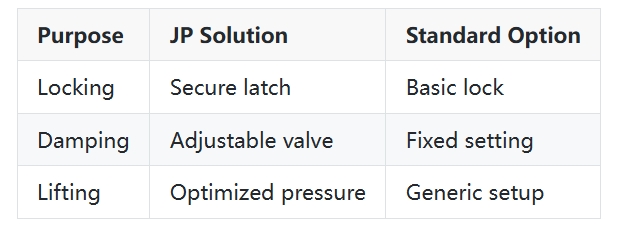
4. Bonus Specifications
Helpful Extra Details
These aren't required but speed up the process:
- Rod and tube diameters
- Special surface treatments
- Temperature ranges
Pro Tip:
Describe your operating conditions. JP can suggest protective coatings or special materials.
Next Steps
Ready to find your perfect gas spring? JP makes it easy:
- Download catalog
- Email specs to info@jpgasspring.com
- Get expert recommendations within 24 hours
Their global team serves clients across 6 continents with MOQ from 100 pieces. Get precision-matched gas springs without the guesswork.

